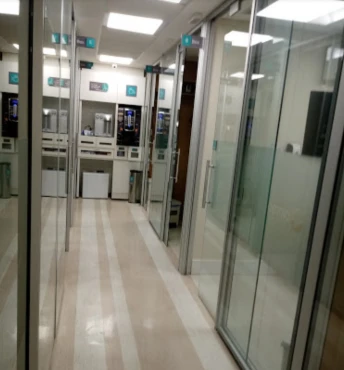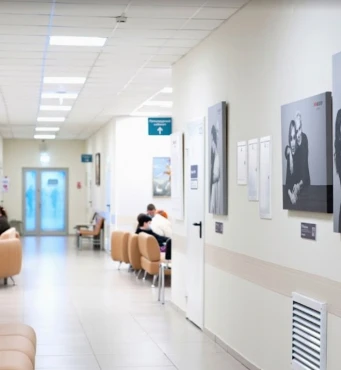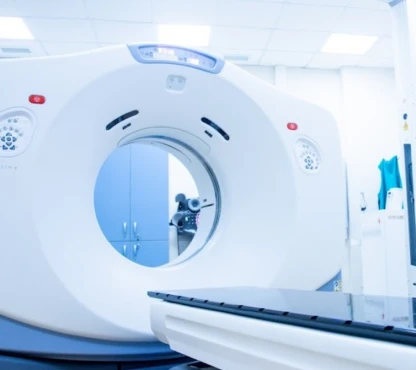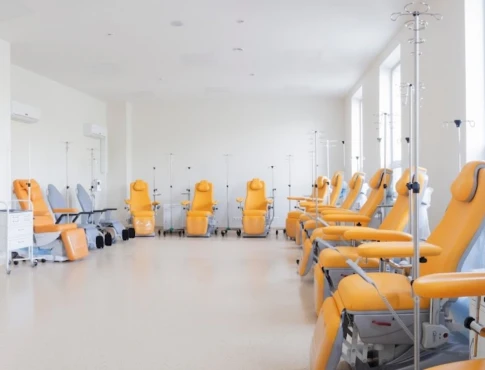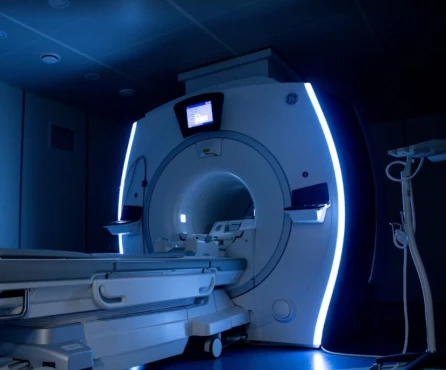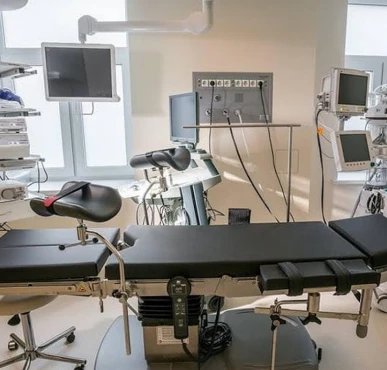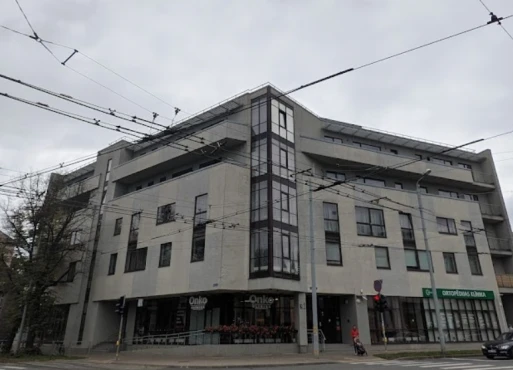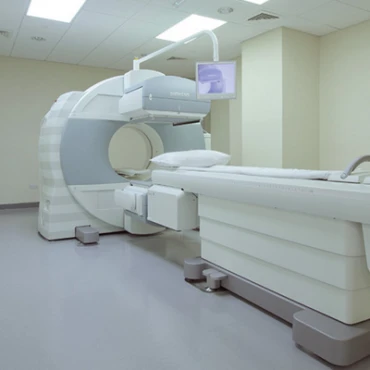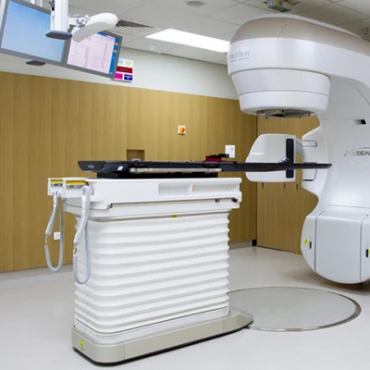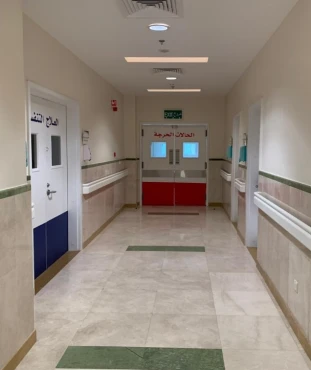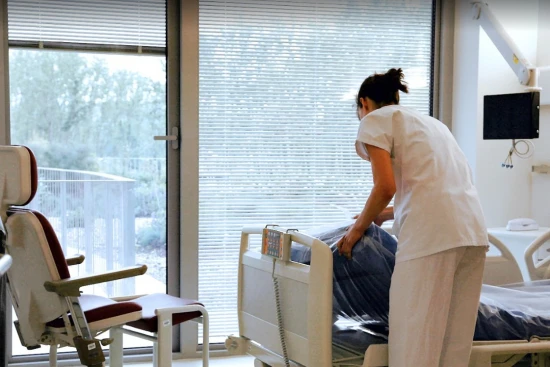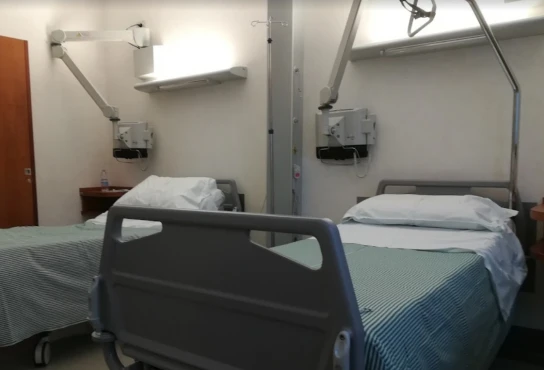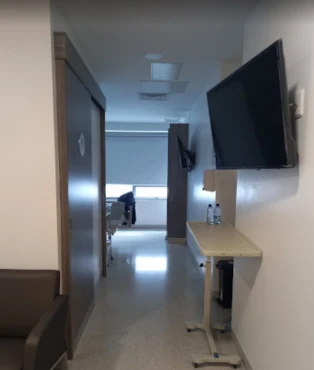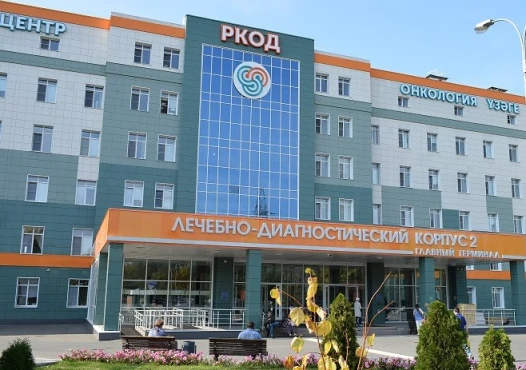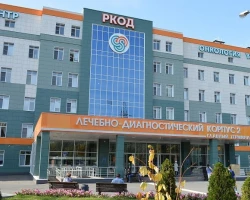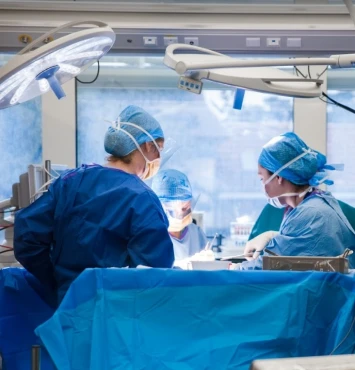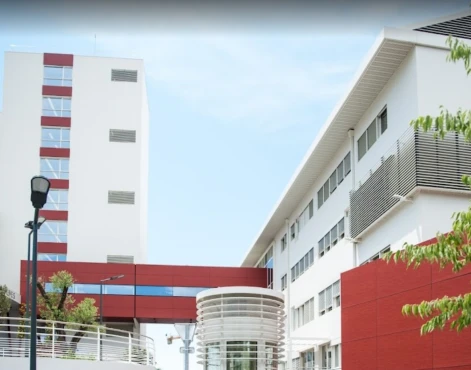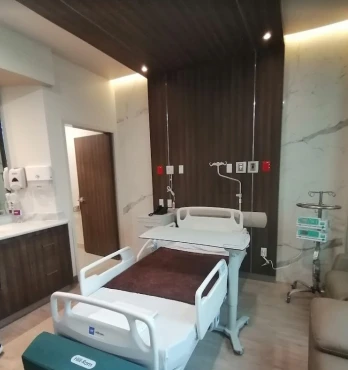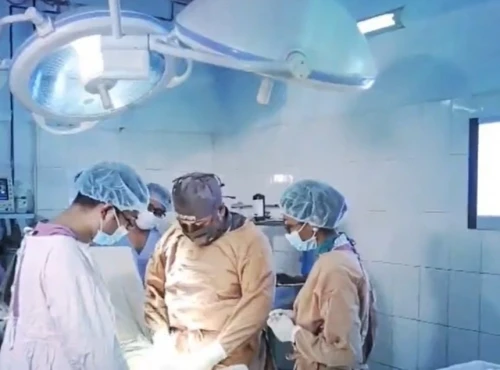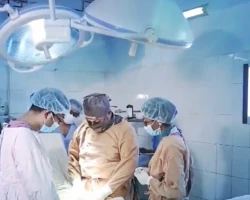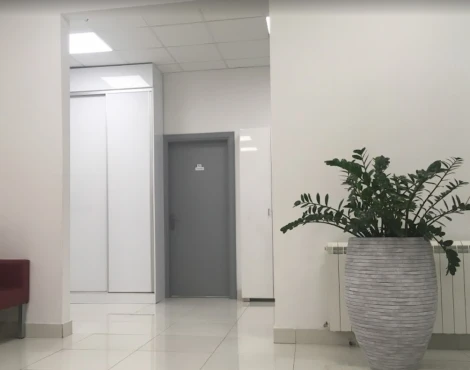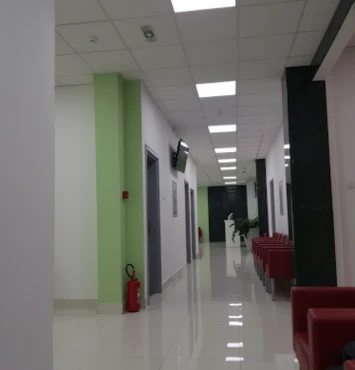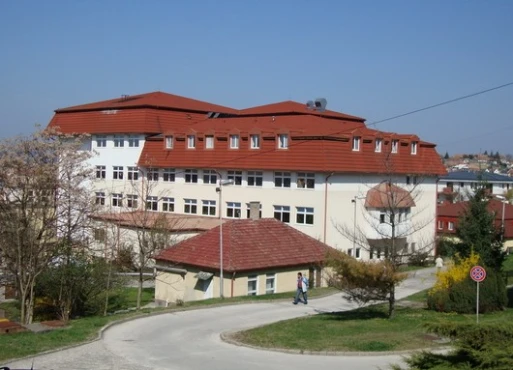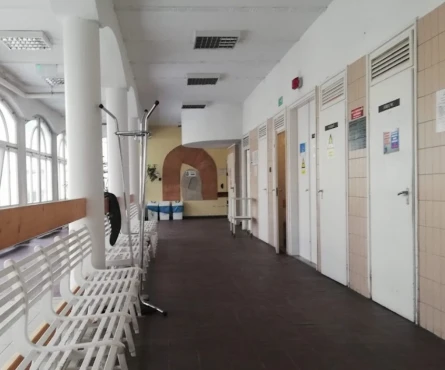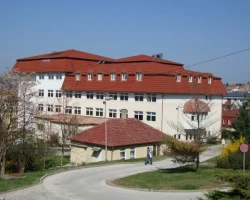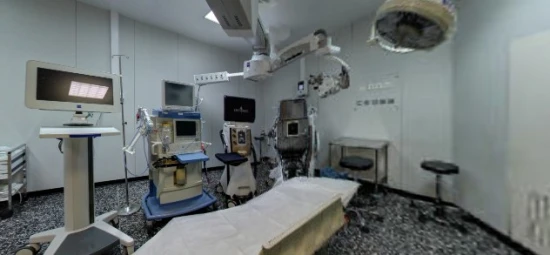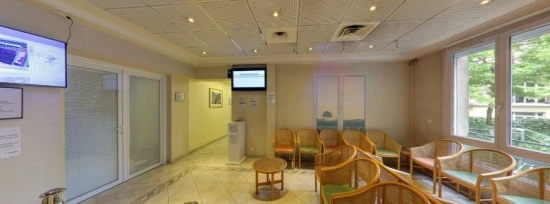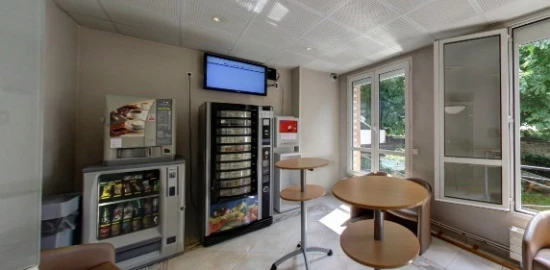Disease Types
What is the vaginal intraepithelial neoplasia?
Vaginal intraepithelial neoplasia (VAIN) is a precancerous condition characterized by the presence of abnormal cells on the surface layer of the vagina. These abnormal cells can potentially progress to cancerous lesions if left unaddressed. VAIN is considered a relatively uncommon condition, with an estimated incidence rate ranging from approximately 0.2 to 0.5 cases per 100,000 women annually. It is most frequently diagnosed in women between the ages of 40 and 60, though it can develop at any age [Erlangen University Hospital, 2023].
The severity of VAIN is categorized into three distinct grades based on the extent of the cellular dysplasia observed:
- VAIN 1: mild dysplasia involving the lower third of the vaginal epithelium.
- VAIN 2: moderate dysplasia, affecting up to two-thirds of the vaginal epithelium.
- VAIN 3: severe dysplasia or carcinoma in situ, involving more than two-thirds of the vaginal epithelium.
Determining the precise prevalence of VAIN can be challenging due to its often asymptomatic nature and the lack of routine screening specifically targeting this condition. However, VAIN is frequently detected during routine gynecological examinations or when investigating abnormal Pap smear results. The condition is more prevalent in women who have undergone a hysterectomy or have a history of cervical intraepithelial neoplasia or vulvar intraepithelial neoplasia.
Causes & Risk Factors
What is the primary issue of vaginal intraepithelial neoplasia?
Several risk factors have been identified that contribute to the development of VAIN:
- Human papillomavirus infection (HPV). Infection with high-risk strains of the human papillomavirus, mainly HPV 16 and 18, is a significant risk factor for VAIN. Approximately 90% of VAIN cases have been found to contain HPV DNA, highlighting the strong association between HPV and this precancerous condition.
- History of lower genital tract neoplasia. Women who have previously been diagnosed with cervical intraepithelial neoplasia (CIN) or vulvar intraepithelial neoplasia (VIN) are at an elevated risk of developing VAIN. This increased susceptibility is likely due to the shared underlying factors, such as HPV infection, that predispose these individuals to precancerous changes in the lower genital tract.
- Immunosuppression. Conditions that impair the body's immune system, such as HIV infection or the use of immunosuppressive therapies, can significantly increase the risk of developing VAIN. The compromised immune system's ability to effectively clear HPV infections and prevent the progression of precancerous changes appears to be a key contributing factor.
- Smoking. Individuals who smoke have a higher incidence of VAIN compared to non-smokers. The harmful effects of tobacco smoke on the vaginal epithelium and its potential to interact with HPV infections may contribute to this increased risk.
- Age. The risk of developing VAIN increases with age, particularly in women over the age of 40. This age-related trend is likely due to a combination of factors, including a longer duration of exposure to risk factors and the natural changes that occur in the vaginal epithelium over time.
Clinical Manifestation & Symptoms
What signs should one anticipate while suspecting vaginal intraepithelial neoplasia?
While VAIN often presents without noticeable symptoms, some women may experience certain signs that warrant medical attention. These may include abnormal vaginal bleeding, which can occur between menstrual periods or after menopause. Additionally, women with VAIN may notice changes in the color, consistency, or odor of their vaginal discharge. Some patients also report experiencing discomfort or pain in the pelvic region. Despite the potential for these symptoms, VAIN is frequently detected during routine gynecological examinations, underscoring the importance of regular check-ups in identifying this precancerous condition.
Diagnostic Route
When, where, and how should vaginal intraepithelial neoplasia be detected?
The diagnosis of vaginal intraepithelial neoplasia (VAIN) typically involves a multifaceted approach. Firstly, a Pap smear is often the initial step, as an abnormal result may suggest the presence of atypical cells and prompt further evaluation. Additionally, high-risk human papillomavirus (HPV) testing can help identify women who are at an increased risk of developing VAIN. A critical component of the diagnostic process is a colposcopic examination, which involves a detailed visual inspection of the vaginal epithelium using a specialized microscope. This allows healthcare providers to identify and target any areas of abnormal tissue for biopsy. The definitive diagnosis of VAIN is ultimately made through a histological analysis of a biopsy sample, which allows for a precise assessment of the degree of cellular dysplasia. While routine screening for VAIN is not a common practice, individuals with a history of lower genital tract neoplasia or those who are immunocompromised may require more frequent monitoring and follow-up to detect any potential precancerous changes on time [ESGO, 2023].
Treatment Approaches
What are the options for managing vaginal intraepithelial neoplasia?
The treatment approach for vaginal intraepithelial neoplasia (VAIN) is tailored to the specific grade or severity of the lesion, as well as the individual patient's age, overall health status, and personal preferences. The primary objectives of VAIN treatment are to remove or eradicate abnormal cells and to prevent the progression of these precancerous changes into invasive cancer [Cancer.gov, 2024].
For individuals diagnosed with low-grade VAIN (VAIN 1), a conservative management strategy known as watchful waiting with regular follow-up is often recommended. This approach is based on the observation that many low-grade VAIN lesions have the potential to regress spontaneously without the need for immediate intervention. This watchful waiting approach typically involves the following:
Regular Pap smear testing is performed every 6 to 12 months to closely monitor the patient for any signs of progression or worsening of the VAIN. Additionally, periodic colposcopic examinations may be scheduled to evaluate the vaginal epithelium further if the Pap smear results indicate the persistence or advancement of abnormalities. This close surveillance allows physicians to intervene in a timely manner if the VAIN lesion starts to progress or if the patient develops any concerning symptoms.
For patients with more advanced VAIN lesions, such as VAIN 2 and VAIN 3, healthcare providers have several treatment options to consider. Topical therapies, including Imiquimod cream and 5-Fluorouracil cream, have demonstrated promising response rates of 50-70% and 60-80%, respectively, for high-grade VAIN. These topical medications stimulate the immune system or deliver targeted chemotherapeutic agents directly to the affected area.
Surgical excision techniques, such as laser ablation and excisional surgery, are also used for VAIN 2 and 3. Laser ablation uses a specialized laser to remove the abnormal tissue, with an effectiveness of 70-90% in clinical studies, though it requires skilled personnel and specialized equipment. Excisional surgery involves the surgical removal of the lesion, which has a high cure rate but may carry risks, such as scarring and stenosis (narrowing) of the vaginal canal.
In addition to these approaches, healthcare providers may also consider other therapies, including electrosurgical procedures, such as loop electrosurgical excision or cold knife conization, as well as photodynamic therapy, which involves the use of a photosensitizing agent and light exposure to destroy the abnormal cells. Photodynamic therapy has shown promising results in clinical trials for managing VAIN.
For cases where VAIN is resistant to initial management approaches or continues to worsen, healthcare providers may need to consider more intensive treatment options. When the disease is extensive or does not respond well to less invasive therapies, radical surgical interventions, such as partial or complete removal of the vagina (partial or total vaginectomy), may be necessary. Additionally, radiation therapy can be a viable option, especially for patients who are not suitable candidates for surgery or have a high likelihood of the VAIN progressing further. These more aggressive treatment modalities are typically reserved for advanced or refractory VAIN cases, as they carry a greater risk of side effects and complications compared to the initial management strategies. However, they can be essential in preventing the development of invasive cancer and achieving favorable outcomes for patients with challenging VAIN presentations.
Prognosis & Follow-up
How does cutting-edge science improve the lifespan and quality of life for those with vaginal intraepithelial neoplasia?
The prognosis for individuals diagnosed with vaginal intraepithelial neoplasia (VAIN) is generally favorable, particularly when the condition is identified and addressed in its early stages. The risk of progression to invasive cancer, while present, is relatively low, but this risk does tend to increase as the VAIN lesions become more advanced. Consequently, regular follow-up care is paramount to monitor for any signs of recurrence or further disease progression.
In the initial years following treatment, patients with VAIN typically undergo close monitoring, with Pap smear tests and colposcopic examinations performed approximately every six months for the first two years. This intensive follow-up period allows healthcare providers to detect and address any abnormalities that may arise promptly. After this initial 2-year window, if no concerning findings are identified, the frequency of follow-up appointments can be reduced to an annual schedule. This long-term surveillance is essential to ensure the successful management of VAIN and to proactively prevent the potential development of invasive cervical or vaginal cancer.


